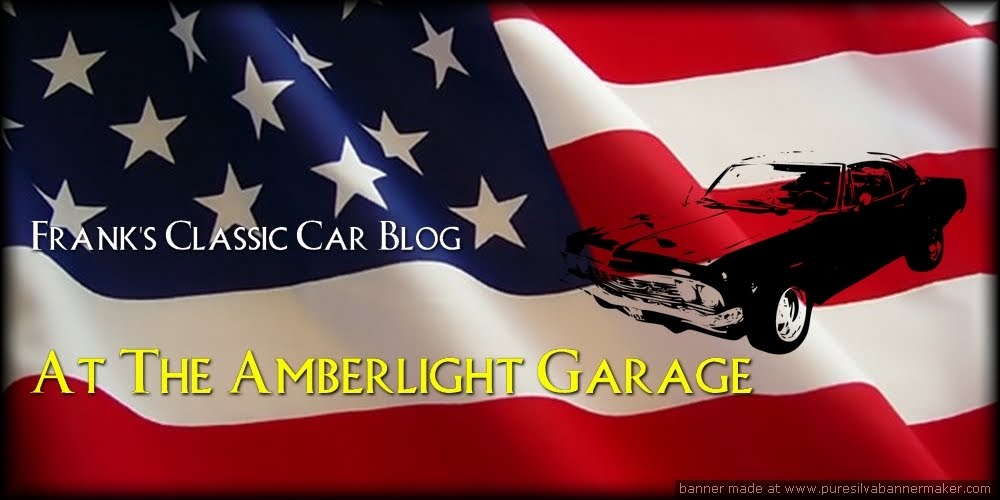Did you know that AMC debuted an all electric commuter car in 1968? The Amitron, a three-passenger electric car, was jointly developed by American Motors and Gulton Industries. With a range of 150 miles and an average speed of 50 mph, the Amitron was way ahead of it's time. Of special interest is that it was equipped with lithium-nickle fluoride batteries. Can you imagine if they had continued to develop this car where we would be with battery technology today?
Looks kind of like a mini AMC Pacer...

















Does 1968 exist an electric car?
ReplyDeleteI worked at Gulton in Metuchen, NJ circa 1969-1971, and I happened to find this sad, "abandoned" Rambler station wagon tucked away in an old warehouse. I was able to look it over, and was amazed to find it was powered by MANY Gulton Ni-Cad batteries. Indeed, there were so many batteries in this car that the cargo compartment was nothing but batteries, and there were even more cells tucked under the hood (there was lots of room there, as the electric motor was maybe only a cubic foot or so. (They also had a charger and power management electronics under the hood.) That car must have weighed something incredible, and the suspension must have been altered to withstand the weight. I happened to find an operational logbook in the vehicle, and reading it was like an engineering (and PR) nightmare. They had recorded possibly a year's worth of excursions, and almost every one of them ended in "emergency overheating, had to pour crushed ice on cells" or "shutdown in middle of parade with mayor aboard, towed back" or "electronic failure, much white smoke." As best I can recall, the battery cells were all the nylon-cased, Ni-Cad military helicopter style batteries that Gulton was already marketing. Gulton had obviously expended a lot of effort to get a rolling demonstrator, but it was also obvious that they had given up on that effort by Christmas of 1970. Gulton was using Ni-Cad technology developed and licensed by the French S.A.F.T company, and the French were very dissatisfied with Gulton's performance and quality. S.A.F.T eventually bought out Gulton's interest in the battery division, closed the Metuchen plant, and built an entirely new Ni-Cad production facility in Georgia. Many strange twists and turns along the way to consumer electric vehicles.
ReplyDeleteVery interesting story Ed, thanks for sharing!
Delete